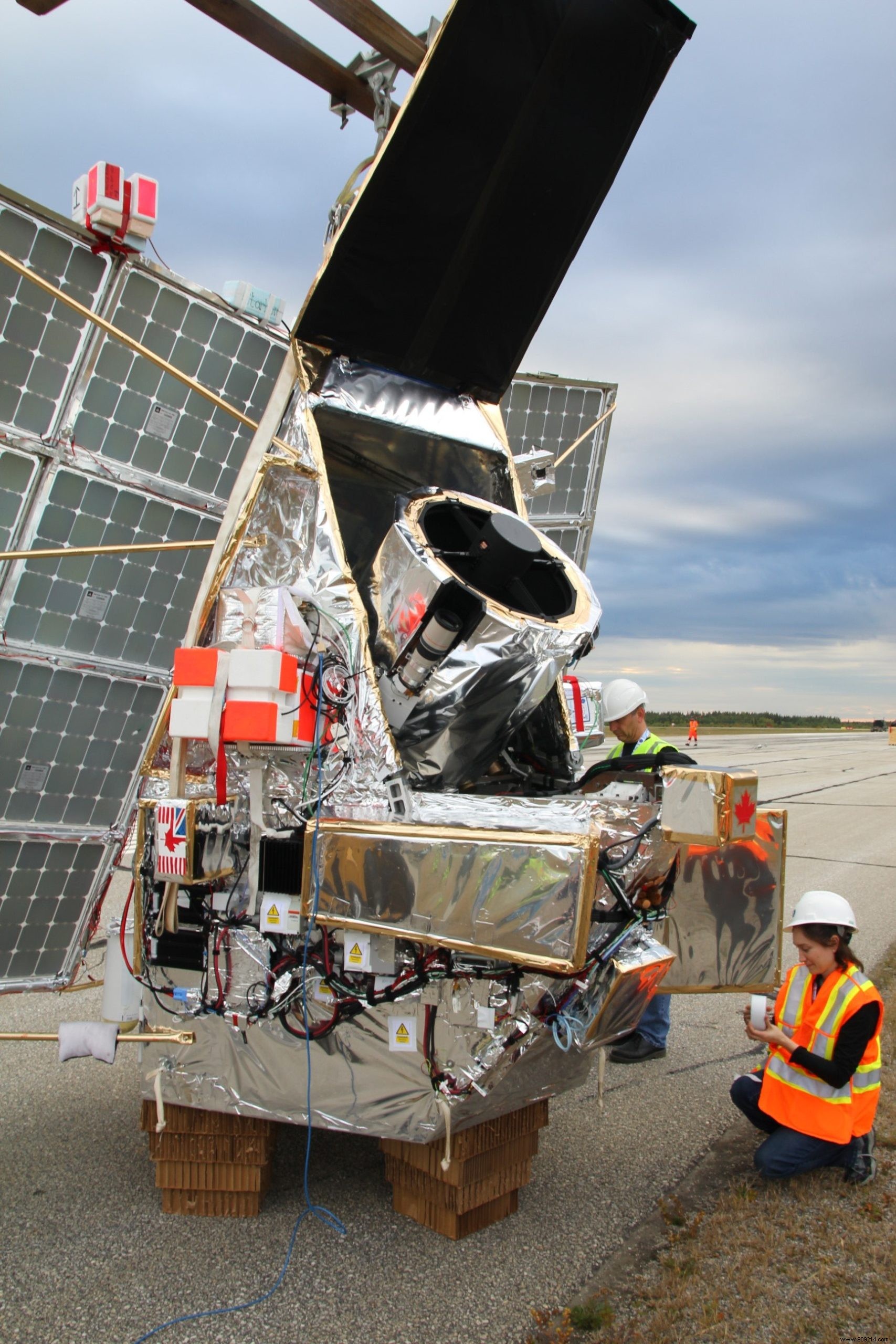A unique telescope is set to launch from New Zealand in April 2022. Called SuperBIT, the instrument will be suspended by a helium balloon in Earth's stratosphere . Once deployed, it should get high resolution images rivaling those from Hubble.
Durham, Toronto, and Princeton universities recently partnered with NASA and the Canadian Space Agency to develop a new type of astronomical telescope. Called SuperBIT, the instrument will be placed about forty kilometers altitude, above 99.5% of the Earth's atmosphere, carried by a huge helium balloon with a volume of 532,000 cubic meters .
Its last test flight in September 2019 demonstrated extraordinary pointing stability, with a variation of less than one thirty-six thousandth of a degree for over an hour. This should allow this telescope to obtain images as sharp as those of the Hubble Space Telescope in optics and ultraviolet.
This type of structure had already been imagined in the past, but the lifespan of the balloons (a few nights) has always hindered their development. Here, NASA and its partners explain that they have developed "superpressure" balloons capable of containing helium for months .
The telescope will make its operational debut in April 2022 from Wanaka, New Zealand. Carried by stable seasonal winds, it will circle the Earth several times, imaging the sky at night. During the day, he will be busy recharging his batteries with solar panels.

With an estimated construction and operating budget of around US$5 million, SuperBIT cost almost a thousand times less than a similar instrument. Moreover, this type of approach not only costs less, but the ability to bring the telescope back to Earth and then relaunch it will allow researchers to install new state-of-the-art instruments as technology advances. /P>
“New balloon technology makes visiting space cheap, easy and eco-friendly “, summarizes Mohamed Shaaban, of the University of Toronto. "SuperBIT can be continually reconfigured and improved “.
The team behind the project already has a funding extension to design an upgrade of the telescope from an aperture of 0.5m to 1.5 Mr. Eventually, being able to collect more light combined with wider angle lenses will make this instrument even better than Hubble .
The objective of the flight scheduled for April 2022 will be to measure the properties of dark matter particles, which constitute approximately 27% of the total energy density of the observable Universe . To do this, astronomers will map the way this invisible material bends the rays of light. This is called the gravitational lensing effect.